Musk's darkest moment
The market value of Tesla exceeded 500 billion U.S. dollars, the Falcon realized private company manned spaceflight, and the Neuralink brain-computer interface was a blockbuster...
This series of historical breakthroughs in the history of human business and technology has made Musk another rare business and innovation genius who has changed the world wildly. Like all people who change the world, he has had a rare and extremely difficult experience...
In September 2000, in a bar in Palo Alto, there was one of the most notorious "coups" in the history of Silicon Valley. The core employees of X.com gathered together to discuss how to overthrow the company's founder Musk.
Musk, who was flying to Sydney for his honeymoon with his wife Justin, was unaware of all this. When the flight landed, its CEO position had been replaced by another founder, Thiel .
This is the first major setback that Musk has encountered since he started his business. Over the years, its management ability has been questioned, and finally triggered the "gong change."
In 1995, Musk and his younger brother founded a company called Zip2 to do the business of Internet Yellow Pages, which was acquired in 1999 for 300 million US dollars. The 28-year-old Musk received $22 million and achieved financial freedom.
The money was not hot yet. In March of the same year, Musk invested 12 million U.S. dollars to establish the financial services company X.com. The four partners, including him, believed that traditional banks were outdated. In the Internet age, business can be handled. Bypassing the bank, there is no need to endure the cumbersome process, just enter the other party's email address and you can transfer money to them.
But soon, the ideas conflicted between the partners.
Flick, who has a professional background in banking, tends to manage X.com in a traditional way; Musk insists on abandoning conventional business thinking and publicizes that it will completely subvert the bank. Flick is extremely dissatisfied, "We promised to the media The sun, the moon, and the stars." In his heart, everything Musk said was nothing but a spectacle, it was extremely stupid.
So, five months after X.com was established, Flick launched a "coup" threatening Musk to give him the position of CEO, otherwise he would "take everyone in the company away and set up a company of his own." .
The young and energetic Musk dismissed it, and in the end Flick took away most of the employees, leaving the company with only an empty shell.
But Musk immediately recruited talents in Silicon Valley, and in November of the same year developed the world's first online bank. But soon, a company called Confinity also developed an online payment system, which developed so quickly that it became X.com's biggest competitor.
Finally, the two companies chose to merge, the new company name is still X.com, Musk is the largest shareholder. But after the merger, the corporate culture, management style, and product philosophy of the two companies are all different, and the teams are not pleasing to each other. Two months later, because of the lack of a clear profit model for the product, X.com was in a quagmire, and investors and employees questioned Musk's leadership.
In this context, the famous "coup" broke out at the beginning.
When Musk learned the news, he returned quickly and tried every means to convince the board of directors, but it didn't help. In addition, the entire team is out of control, and in desperation, he can only accept the role of company consultant.
Misfortune did not come singly. In 2001, Musk, who made up for his honeymoon, contracted tropical malaria after returning from Africa. He spent 10 days in the intensive care unit and spent 6 months to recover. This makes his influence in the company continue to decline.
In June 2001, Teal renamed X.com to Paypal. In this power struggle, it is self-evident that who wins and loses.
In July 2002, PayPal was acquired by eBay for US$1.5 billion. Musk received about US$250 million, leaving 180 million in taxes. From an investment point of view, this is undoubtedly a happy ending, but for Musk, this is only the beginning of a disaster and an uproar.
In 2004, former Confinity employee Elk Jackson published "War of Payments", giving the greatest credit to Thiel and Lekinv, while describing Musk as a stupid and incompetent person who can always make Wrong decision.
The technology website "Silicon Valley Gossip" also made a lot of criticism of Musk. With the help of the media, the ability of Musk's co-founder was extremely questioned, and he was regarded as a clown who was hiding behind Teal to receive dividends.
This turmoil of public opinion intensified. The media broke the news and PayPal's bad reviews made the ZIP2 board of directors, which Musk was famous for, also believed that Musk was "not for the CEO." People even think that Musk's success is mainly due to luck.
In the face of huge doubts, the angry Musk published an open letter in the "Silicon Valley Gossip", citing seven reasons to prove his worthy status as the co-founder of PayPal.
Ironically, although many old PayPal employees admit their contributions and think Jackson’s book distorts the truth, they also believe that Musk is indeed mismanaged. “I think if Elon stays as CEO for another half a year, the company will die. ." said Botta, the former chief financial officer of X.com .
After this strong wind of public opinion blew, it never stopped. Whenever Musk’s business encounters problems, this experience will be mentioned again. People seem to be willing to laugh at the failure of an arrogant man, and don't mind sprinkling a handful of salt on the wound. The dark experience of childhood made him very sensitive to "maliciousness". Whether it was his father's calculations or the bullying of his classmates, they have long been an indelible shadow in his heart. Now he has added new wounds. Even after many years, he has always been It's hard to let go, "It hurts."
However, the blow of public opinion is still only on reputation, and the greater disaster is still to come.
On August 2, 2008, the "Falcon 1" was ignited and launched. When the first-stage rocket and the second-stage rocket separated, the two collided, causing damage to the rocket head and engine.
This is the third failed launch of the Falcon 1. Huge despair enveloped SpaceX, "It was like the end of the world. Adults generally don't cry easily, but they all started sobbing that day. Everyone was exhausted physically and mentally." SpaceX recruiting director Dolly Singer recalled.
Before SpaceX, even the crazy entrepreneurs were afraid to get involved in the aerospace field easily, especially if they had to build their own rockets. It seemed like a fantasy. Musk childhood idol - "the first man landing on the moon," Armstrong and "moon last one," Cernan, also said publicly that he does not rate the rocket program, Armstrong bluntly, "You do not know what you do not understand a thing," The ridicule and ridicule from all walks of life is even more numerous.
But all this failed to prevent Musk from rushing into space desperately.
In 2001, after Musk was pushed out of the PayPal decision-making team, he began to recall his childhood dreams of rocketship and space travel, thinking that it was much greater than providing Internet services. Later, he came into contact with the organization "Mars Society", and the Mars exploration and immigration plan was in his mind from now on. He established the "Martian Life Foundation" for this purpose and started the exploration of the "Mars Oasis" project.
According to this plan, Musk intends to buy a rocket and send a mechanical greenhouse to Mars. For this reason, he personally ran to Russia three times, and the price was still not negotiated, so he made a crazy decision-build his own rocket!
In June 2002, the space exploration technology company SpaceX was born. Musk, who has been deeply influenced by science fiction movies since childhood, paid tribute to the "Millennium Falcon" in "Star Wars" and named the first rocket "Falcon 1" "The first launch is planned for November 2003.
In other words, from the Internet into the aerospace field, from nothing to launching a rocket, only 15 months.
Paypal money to get a sale, Musk flew to invest $ 100 million in SpaceX, and set up an all-out cluster team. Musk ambitiously declared to the world that SpaceX will become "Southwest Airlines in the space industry." In the month when Paypal was acquired, Musk and Justin's first child unfortunately died. Musk worked harder to escape the great grief. Justin later explained his behavior like this: "He keeps moving forward. Only in this way can he survive."
But the following facts show that even if you have money, some things cannot be done overnight, especially in the high-tech field.
Until 2004, there were still many major problems with rocket engines, and aerospace equipment including navigation, communications, and overall rocket management systems also experienced frequent failures.
In Musk’s cognition, he assumes that other people have the same work ability and a desperate work attitude, but ignores his 155 IQ, the ability to see through the essence of things and work more than 100 hours a week. Exuberant energy is hard for most people to have.
On March 24, 2006, after the original plan was delayed for 2 years and 4 months, the "Falcon 1" finally stood on the launch pad. But after 25 seconds, the rocket fell. For this reason, Musk and the technician Holman had a big quarrel. The team in charge believes that Holman did not tighten a B-nut, which directly caused the crash. Then the team took a drink to ease their worries in the bar.
On March 15, 2007, the "Falcon 1" was launched again. Everything went well at first, and then the propelled fuel swayed back and forth in the tank, causing the rocket to swing and the opening of the engine was exposed. Air entered and ignited the engine. After 5 minutes, the rocket exploded.
This failure brought a huge blow to the company. The engineer team was exhausted physically and mentally, and confidence was destroyed. To make matters worse, SpaceX's funds are not enough, and can only support one or two launches at most.
After two failures, according to normal logic, SpaceX needs to pass a successful launch to restore the team's confidence and external evaluation.
However, Musk asked a team of engineers to develop the "Falcon 9" with more engines, more complex technology, and greater difficulty in the case of "Falcon 1" successive failures in order to obtain a high-priced NASA contract. Ease funding constraints.
Before the "Falcon 1" was successfully launched, it was not only a castle in the sky, but also a gamble of fate.
In August 2008, the "Falcon 1" launched for the third time, and it still failed.
This time, SpaceX was truly in a desperate situation. Funds could only support the last launch. This was a real lasting battle. "
But unfortunately, this is only part of the disaster, and there are two big mountains that pressed him together this year.
In 2008, the financial crisis swept the world, and the 37-year-old Musk's life went to hell.
While SpaceX was in desperate situation, when Musk needed support most, Justin started a divorce again and kept suing his ex-husband on his blog. In the bloodbath of the financial turmoil, Musk's Tesla research and development costs were severely overrun, and he could no longer find investment.
Whether it's career or public image, Musk is facing the biggest crisis in his life.
For Musk, Tesla is another project that can go hand in hand with SpaceX.
In 2003, with the huge amount of funds obtained from the PayPal acquisition, Musk invested $6.5 million to acquire Tesla and became the largest shareholder and chairman. Four months later, the first Roadster prototype was born. Musk made another additional investment of 9 million US dollars, and raised another 4 million US dollars from outside, planning to mass produce this car in 2006.
In July 2006, Musk showed the Roadsters to the world and proudly declared: "The electric cars that appeared before are terrible." But when Roadsters entered mass production, troubles came. Musk was concerned about comfort. Excessive requirements for the Roadsters have delayed the development of Roadsters, the transmission system has to restart from the beginning, and the Thai battery factory has also begun to drag.
More deadly is the cost issue.
In mid-2007, Musk found that the cost of producing a Roadster was $200,000, but the pre-sale price was only $85,000. This news is like a bolt from the blue for Musk.
After experiencing fierce struggles with several CEOs and personnel turmoil, Musk decided to personally step down and preside over the overall situation.
Therefore, on the one hand, Musk opened interviews and appeared frequently, personally responded to all doubts about Tesla from the outside world, and asked the public relations team to deal with all negative news; on the other hand, he participated in the production process and brought in SpaceX's "tyrant" management. Strengthen the work intensity of employees, require them to sleep under the table, and care about everything, including the price of each part.
Under the high-pressure policy, employees were seriously overdrawn physically and mentally, and core members left one after another. Even Musk himself, but also because of the enormous pressure and will just go drink coffee spit at the conference table on.
Musk can continuously introduce talents, continuously improve marketing strategies, continuously conquer engineering technology, and continuously optimize cost control. But once the company ran out of money, nothing would help, and financial problems became a real fatal problem.
At this time, SpaceX's "Falcon 1" is waiting for the third failed launch. The stretched Musk looked at the financial statements of the two companies distraught, "This is a difficult decision. If I separate the funds, both companies may not be able to survive. If I give all the funds to one of the companies, it will survive. The probability will be higher, but it also means that another company must go bankrupt. I have been thinking about this for a long time."
In 2008, both of Musk's companies were on the verge of bankruptcy. What is even more tragic is that the financial tsunami is sweeping across the United States. He sold his McLaren sports car and other assets, blocked all his wealth, and even planned to move to the basement of Justin's parents.
In June of that year, Justin went through the divorce procedures with him. At this time, even Justin's parents' basement could not be reached.
At that time, the "Car Truth" website opened a column called "Tesla's Countdown to Death". The famous British car TV show "Highest Class" criticized Tesla for nothing. Within a day, there will be 50 media talking about Tess. An article on how pull will perish. Proud like Musk also fell into self-doubt, "I feel like I'm useless. I don't think we can survive. I think maybe everything is over."
Just when Musk was about to be unable to survive, things finally ushered in a turning point.
On September 28, 2008, "Falcon 1" launched for the fourth time and was finally successful. Its biggest direct effect is that it won NASA a contract of more than $1 billion for SpaceX. Musk borrowed money from NASA to save Tesla through his powerful lobbying ability. In addition, Dell's acquisition of Everdream, a data software company, brought Musk a surprise surprise of $15 million: this company was founded by his cousin, who had participated in investment.
Musk raised a total of 20 million US dollars, but Tesla eats 4 million US dollars every month, which is not enough. He needed to get another 20 million US dollars of investment from Tesla's existing investors, and the investors agreed.
But in the final link, Musk almost fell short. VantagePoint, a venture capital firm, did not sign. Its founder, Salzman, tried to make Tesla the largest shareholder by delaying Tesla's bankruptcy and then restructuring its assets, and then sold the company for maximum benefit.
At the juncture, Musk's outstanding adventurer spirit was once again reflected.
He quickly changed this round of financing from equity financing to debt financing, which VantagePoint has no right to interfere. But investors are mostly venture capital institutions. Facing a company that may go bankrupt at any time, it is almost impossible to persuade them to change its investment strategy within a few days. At this time, strong psychological quality and negotiation skills played a role. Musk claimed that he could borrow another $40 million from NASA to complete this round of financing. With both soft and hard actions, the investors finally signed this agreement.
The dramatic effect is that on the day the financing was completed, Tesla had only a few hundred thousand liquid funds on its accounts. Not only could it not pay employees’ salaries, but even a few hours later, the company might declare bankruptcy.
On the other hand, SpaceX finally received $1.6 billion from NASA on December 23, successfully becoming the supplier of NASA's International Space Station and successfully overcoming the crisis.
"Everything he went through in 2008 may have broken other people." said a colleague who witnessed Musk's experience. "I have never seen anyone more determined than him."
But leaving aside Musk’s amazing willpower and some elements of luck, in the process of reviving Tesla and SpaceX, Musk’s mental quality, decisive decision-making and clear thinking, strong public opinion guidance ability and Lobbying ability and unparalleled execution power all play an important role.
Ten years later, the cycle of fate, Musk once again faced the darkest moment.
For Musk, 7 is an unsatisfactory number: at the age of 17, he came to the United States alone with $2,000, unaccompanied, and lived on odd jobs ; at the age of 37, he was deeply trapped in SpaceX and Tes. The triple crises of divorce and divorce almost couldn't survive; at the age of 47, he almost fell.
"The past year was the most difficult and painful year of my career," Musk said in an interview later. "In 2018, I was five years older."
All problems are focused on the production capacity of Tesla Model3. This model for the mass market is highly expected by Tesla and is also the key to the company's turnaround. It started pre-sale at the end of March 2016, and it received an unprecedented 180,000 orders on the day of pre-sale. It is the best-selling model in the Tesla series. As long as it can be delivered smoothly, Musk can solve the financial problems that have plagued the company for a long time.
However, depending on Tesla's capacity at the time, Model 3 could not be delivered normally, because until the fourth quarter of 2017, fewer than 2500 Model 3s were offline.
The reason why Model3 is deeply trapped in "capacity hell" has to go back to the beginning of 2015. Model 3’s launch plan was officially proposed and sales are expected to start in mid-2017. This also means that from design, testing to manufacturing, only 2 In a year and a half, this is half of the time for traditional car manufacturers to launch new models.
But from a commercial point of view, this car should not only have a lower cost, but also maintain the original level of safety and performance, which undoubtedly puts forward higher requirements for the entire team.
So in the process of producing Model 3, Musk made a fatal mistake and started automated production prematurely.
He took it for granted that automation can greatly improve production efficiency. But the results showed that Model 3 not only has not increased its production capacity, but its cost has doubled. To make matters worse, the quality of automated production is worse, even showing a negative correlation.
Originally, Tesla could start small, iterate quickly, and then automate on a large scale until the technology is mature and stable, so as to avoid many problems. In this regard, Musk himself is also very regretful.
After the first quarter of 2018, Tesla's quarterly production capacity was only 1,542 vehicles, but its net loss reached a record $785 million.
Just like ten years ago, the gloating media once again issued a "bankruptcy notice" to Tesla. Bloomberg calculated that Tesla burns more than $6,500 per minute; authoritative media and financial professionals generally believe that Tesla will Bankruptcy in 3-6 months.
In addition to lack of money, Tesla also faces other crises.
In February, Tesla’s resignation wave spread, and core executives left one after another; in March, a Model X owner ignored the alarm while using the Autopilot autopilot function and the car crashed; at the end of March, Tesla announced a recall of 123,000 The number of Model S recalls accounted for 82% of its total sales; in April, Tesla announced the suspension of production for a week...
This 15-year-old electric car company has turned its dangers to death countless times, but this time, it seems that it is really going to end.
But in Musk's dictionary, there is never the word "give up".
After discovering the problems caused by automation, Musk immediately invited a large number of workers back to the production line, and moved into the factory in April to take over the manufacturing process himself. During that time, he worked 120 hours a week, wearing a piece of clothing for five days, leaving the factory only once in three months, and even taking sedatives for sleep.
The hard work paid off, and under the crazy overtime work of Musk and his employees, things finally ushered in a turning point.
In the last week of the second quarter, Model 3 finally achieved its weekly production capacity of 5,000 vehicles. After the news was announced, Tesla's stock turned against the wind. In the third quarter, Model 3 successfully delivered more than 56,000 vehicles, nearly twice that of Q2. At the same time, more than 27,000 Model S and X vehicles were delivered. The financial report showed that revenue was US$6.824 billion, which was much higher than the US$2.985 billion in the same period last year. With a profit of 255 million U.S. dollars, it finally turned a profit, and then the stock price rose 12%.
Once again, Musk himself couldn't believe it, "It's a miracle that Tesla is still alive. Absurd! Absurd!"
Since its founding in 1995, "Iron Man" has soared into the sky with countless difficult years, but as Musk said in an interview, "Either die safely or live beautifully."
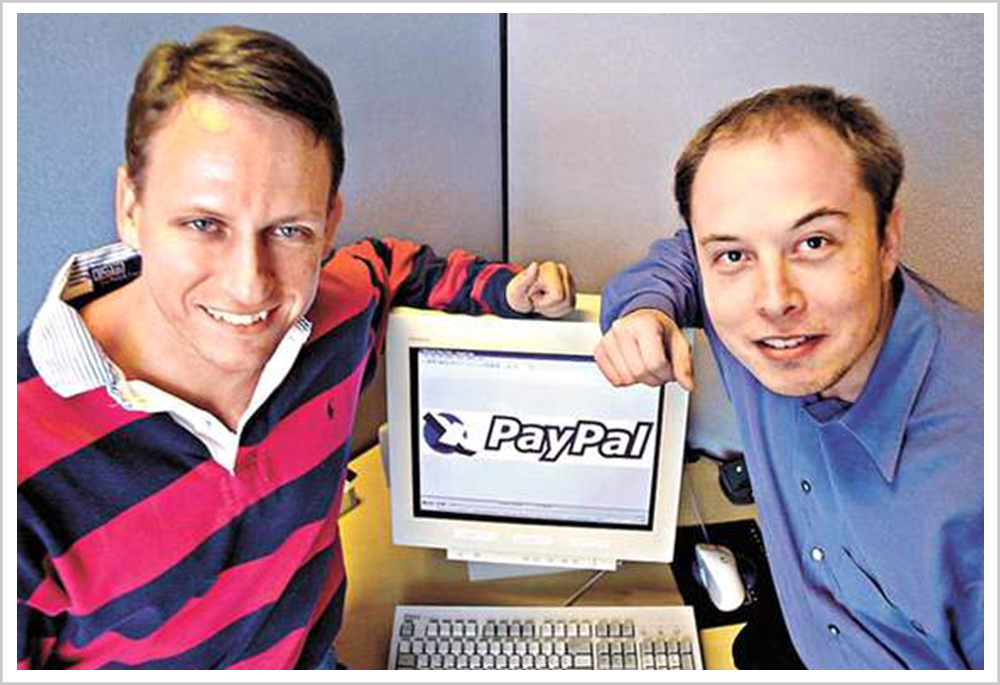
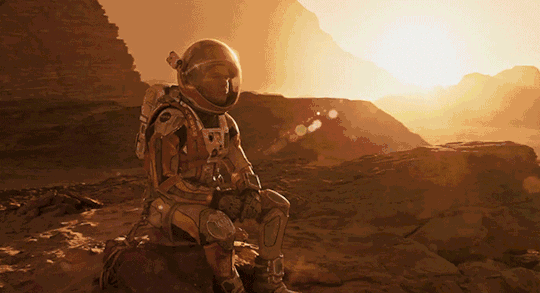
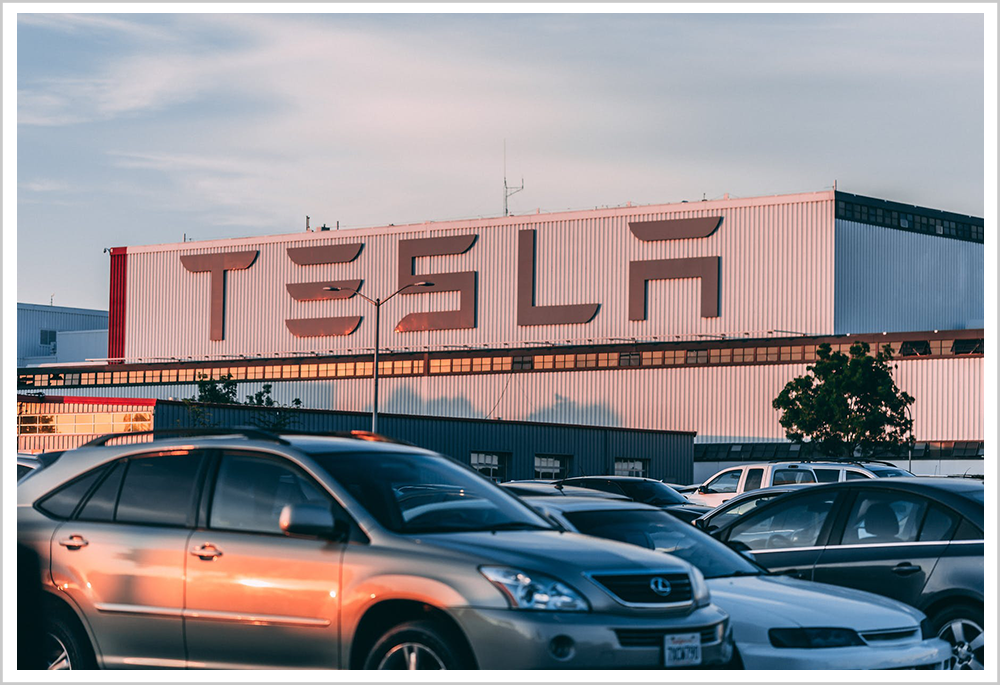
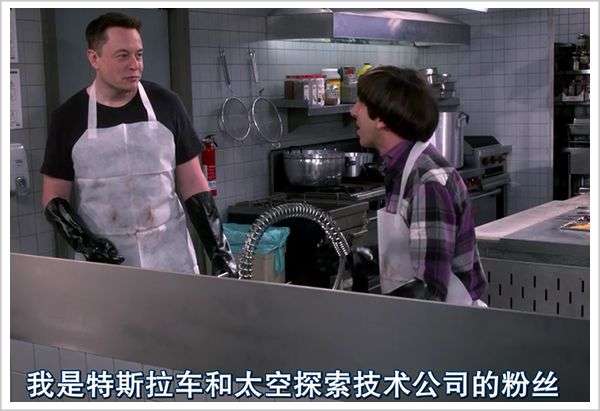
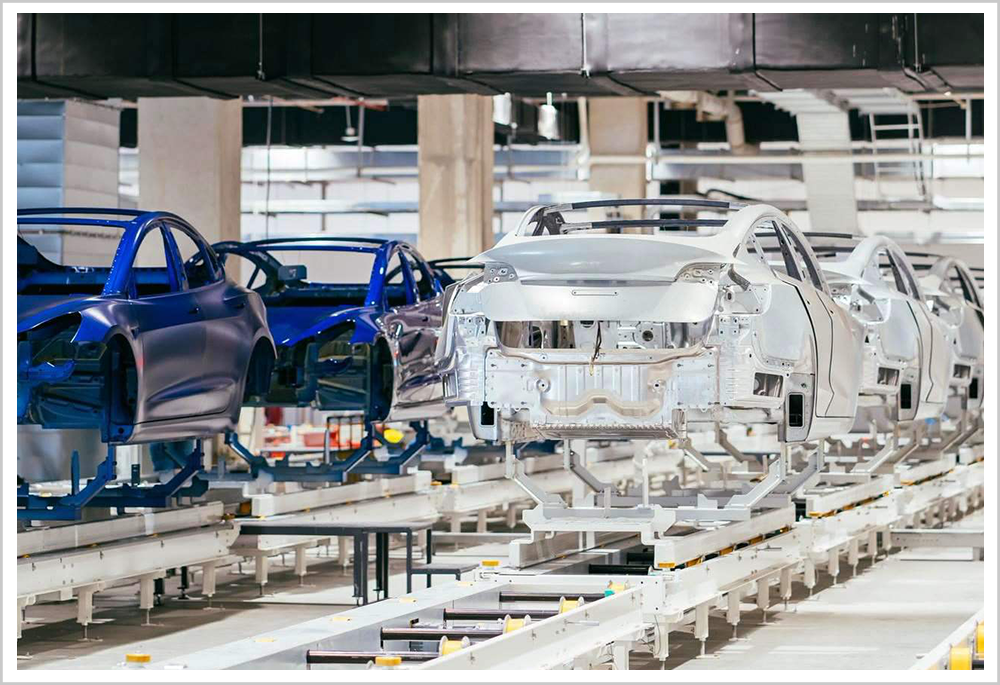
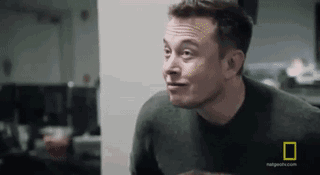
Comments
Post a Comment